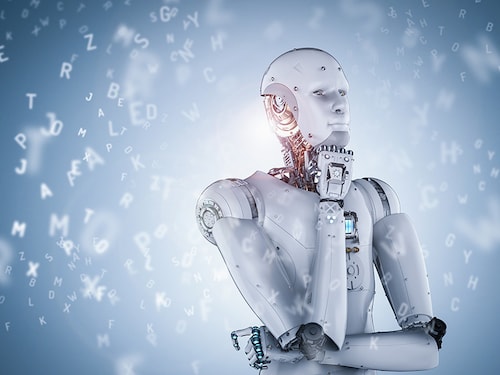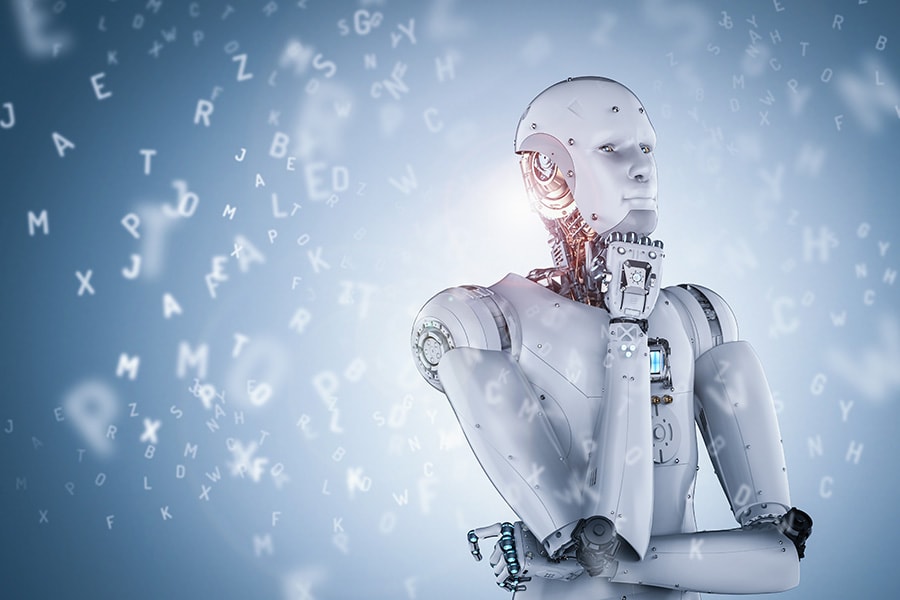AIMLA - The new mantra for technology
AIMLA is reshaping employment and the future of work, enabling the emergence of new business innovations and competition


 Image: Shutterstock The Chennai-based, Great Lakes Institute of Management expects, AIMLA, a neology for Artificial Intelligence Machine Learning and Analytics to become a regular entry in the vocabulary of Digitization. AI & ML are buzz words now add Analytics and you have AIMLA. Disruptive innovations in digitization, analytics, artificial intelligence, and automation are helping businesses, irrespective of their size, to improve their business decisions, increase productivity, deliver faster, respond sooner to the customer thereby creating performance and productivity opportunities for business and the economy. Continuing this trend, AIMLA is today, reshaping employment and the future of work, enabling the emergence of new business innovations and competition. Together these technological capabilities will have profound implications for business, the economy, and, more broadly, for society.
Image: Shutterstock The Chennai-based, Great Lakes Institute of Management expects, AIMLA, a neology for Artificial Intelligence Machine Learning and Analytics to become a regular entry in the vocabulary of Digitization. AI & ML are buzz words now add Analytics and you have AIMLA. Disruptive innovations in digitization, analytics, artificial intelligence, and automation are helping businesses, irrespective of their size, to improve their business decisions, increase productivity, deliver faster, respond sooner to the customer thereby creating performance and productivity opportunities for business and the economy. Continuing this trend, AIMLA is today, reshaping employment and the future of work, enabling the emergence of new business innovations and competition. Together these technological capabilities will have profound implications for business, the economy, and, more broadly, for society.
In any discussion on disruptive technologies, Artificial Intelligence (AI) and Machine Learning (ML) often crop up. Many times, both the terms are used interchangeably though they are not quite the same thing. According to Bernard Marr – “Artificial Intelligence is the broader concept of machines being able to carry out tasks in a way that we would consider “smart”. On the other hand Machine Learning is a subfield of Artificial Intelligence which evolved from Pattern Recognition and Computational Learning theory that gives computers the ability to learn without being explicitly programmed. To that extent, ML is a necessary condition for AI to flourish.
Driving accelerators of AI
With the progress in technology , we are able to use technology to uncover how our mind works and use AI to mimick human decision-making process and carry out tasks in even more human ways. According to Mckinsey, the three factors that seem to be driving this process are:
AI, Machine learning and Neural Network
Artificial Intelligence devices designed to act intelligently can be
Machine Learning applications can read, text and work out whether the person who wrote it is making a complaint or offering congratulations. They can also listen to a piece of music, decide whether it is likely to make someone happy or sad, and find other pieces of music to match the mood. In some cases, they can even compose their own music expressing the same themes, or which they know is likely to be appreciated by the admirers of the original piece. These are all possibilities offered by systems based around ML and neural networks.
Impact and beyond
Fueled by science fiction, that we should be able to communicate and interact with electronic devices and digital information, as naturally as we would with another human being, another field of AI – Natural Language Processing (NLP) – has become a source of exciting innovation in recent years. NLP applications attempt to understand natural human communication, either written or spoken and communicate in return with us using similar, natural language. ML is used here to help machines understand the vast nuances of human language and to learn to respond in a way that a particular audience is likely to comprehend. Some lyricists like Madhan Karky in conjunction with music directors have been very successful in South Indian film industry in producing hit songs such as “Google Google, Fy Fy Fy Kalachify” !
Going forward, it is likely that human-like AI will be eventually developed. This outcome is considered inevitable by technologists. Today, AIMLA, makes we seem to be closer to that eventuality seem much closer. The implication is also that students and workforce would need to re-skill themselves re-learning current tools and applications. To this end, curricula in B Schools in India and overseas incorporating these in coursework, electives, special certificate courses and even a MBA in Technopreneurship so that re-skilling is within the reach of aspirants.
Dr. T. N. Swaminathan, Professor - Marketing, Great Lakes Institute of Management, Chennai
First Published: Jun 13, 2018, 11:27
Subscribe Now